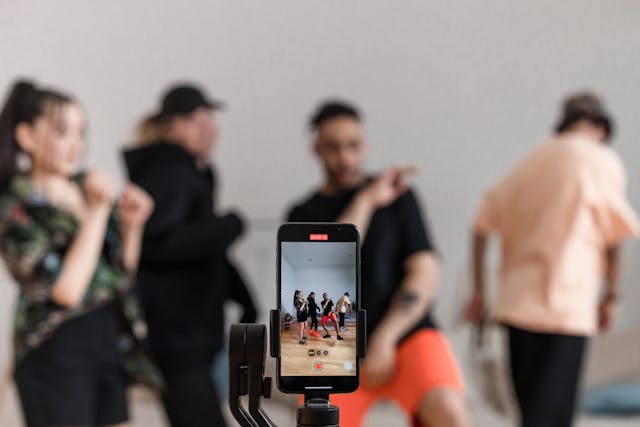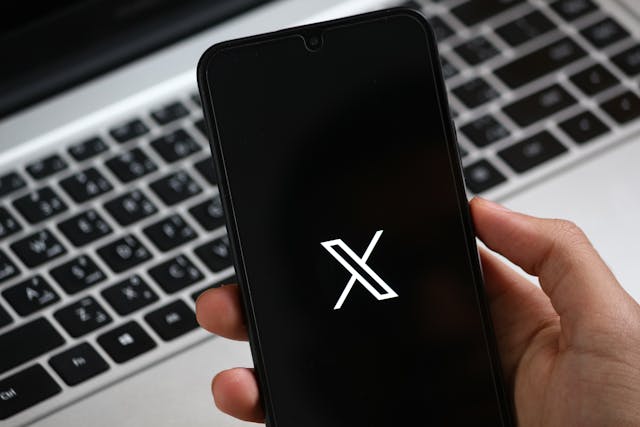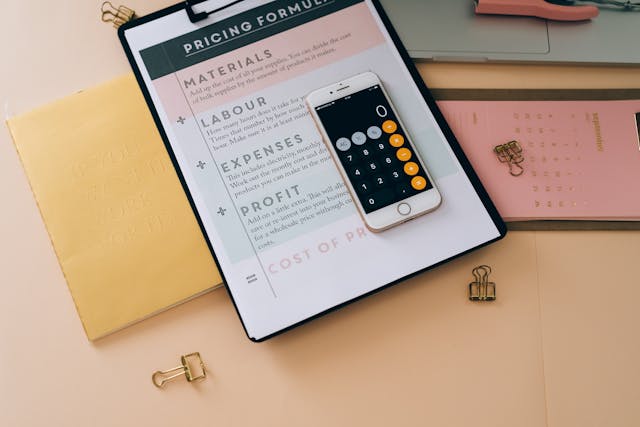
There’s a silent economic shift happening across media, marketing, and creative industries — and 2026 is the year the lines officially cross.
For the first time, the average solo digital creator (with 5K–50K followers) is projected to earn more than:
- Entry-level journalists
- Graphic designers
- Junior marketers
- Copywriters in agencies
- Editorial staff at media companies
This isn’t a prediction — it’s math backed by platforms, brand spend, and labor cost curves.
📉 Why Traditional Media Salaries Are Stagnating
Across the US, UK, UAE, India, and Southeast Asia:
- Journalist salaries: $22K–$38K average
- Junior designers: $26K–$42K
- Marketing coordinators: $28K–$45K
- Content writers: $18K–$30K (outsourced or in-house)
These jobs haven’t risen in pay because:
- AI is replacing repetitive writing + design work
- Companies are hiring fewer juniors and more contractors
- SEO, ads, and automation reduced dependency on headcount
- Media publications are shrinking, not scaling
Creative labor is being treated as **replaceable work** — so the pay stays flat.
📈 Meanwhile, Creator Income Is Rising Faster Than Employment Salaries
The average full-time creator with:
- Audience: 8K–50K
- Mixed income (brand deals + digital products + affiliate + coaching)
Earns between **$4,000 and $12,000/month** without needing:
- HR approval
- A degree
- A boss
- A physical office
- Salary review cycles
The creator economy is no longer a “side hustle.” It is a new middle-class career path with higher ceiling and zero employment friction.
📌 Key Difference: Employees Sell Time. Creators Sell Output + Influence + Ownership.
| Traditional Worker | Creator |
|---|---|
| Paid by hour, not impact | Paid by attention + action |
| Linear income growth | Scalable income (one post can earn forever) |
| Can be fired | Can only fail if they quit |
| Work used to build someone else’s asset | Work used to build personal brand equity |
This is the first era where **one person with an iPhone has more earning power than a junior marketer inside a 5M AED company.**
🧠 Why Creators Monetize Faster Than Professionals
Creators have four income layers:
- Brand deals
- Affiliate commissions
- Digital products + e-learning
- Platform rev share (YouTube, TikTok, Reels bonus, Snap Spotlight)
Employees have one income layer: salary.
Creators can 4× income without working 4× hours. Employees cannot — unless they change jobs or beg HR.
💰 The $100K+ Creator Is Becoming Normal — Not Rare
Even small creators now earn:
- $800–$2,500 per sponsored post (10K–50K followers)
- $3–$18 CPM on YouTube + Shorts
- 30–70% margin on digital products
- $3K–$7K/month coaching or group programs
Compare that to:
- Journalist: $2K/month
- Graphic designer: $2.8K/month
- Junior marketer: $2.4K/month
- Copywriter: $1.8K/month freelance
The gap is not “talent vs talent.” It’s **ownership vs employment.**
📉 Why Companies Will Lose Young Talent to the Creator Economy
- Gen Z would rather own a platform than climb a ladder
- Job security has been replaced by income diversity
- “Portfolio identity” beats “job title identity”
- AI tools let 1 person replace 4–6 junior roles in agencies
- Influence = resume + income + career stability
Brands are starting to compete with creators for attention — soon they’ll compete with them for labor, too.
Where We Track Creator Income Data & Media Industry Convergence
We analyze creator earning reports, brand deal rates, platform revenue models, and digital labor shifts at business + global income behavior research hub.
Final Thought
The question for creatives in 2026 isn’t:
“How do I get hired?”
It’s:
“Why build someone else’s media brand when I can build my own?”
The creator is no longer the alternative career. It is becoming the default path for ambitious talent who refuse salary ceilings.





